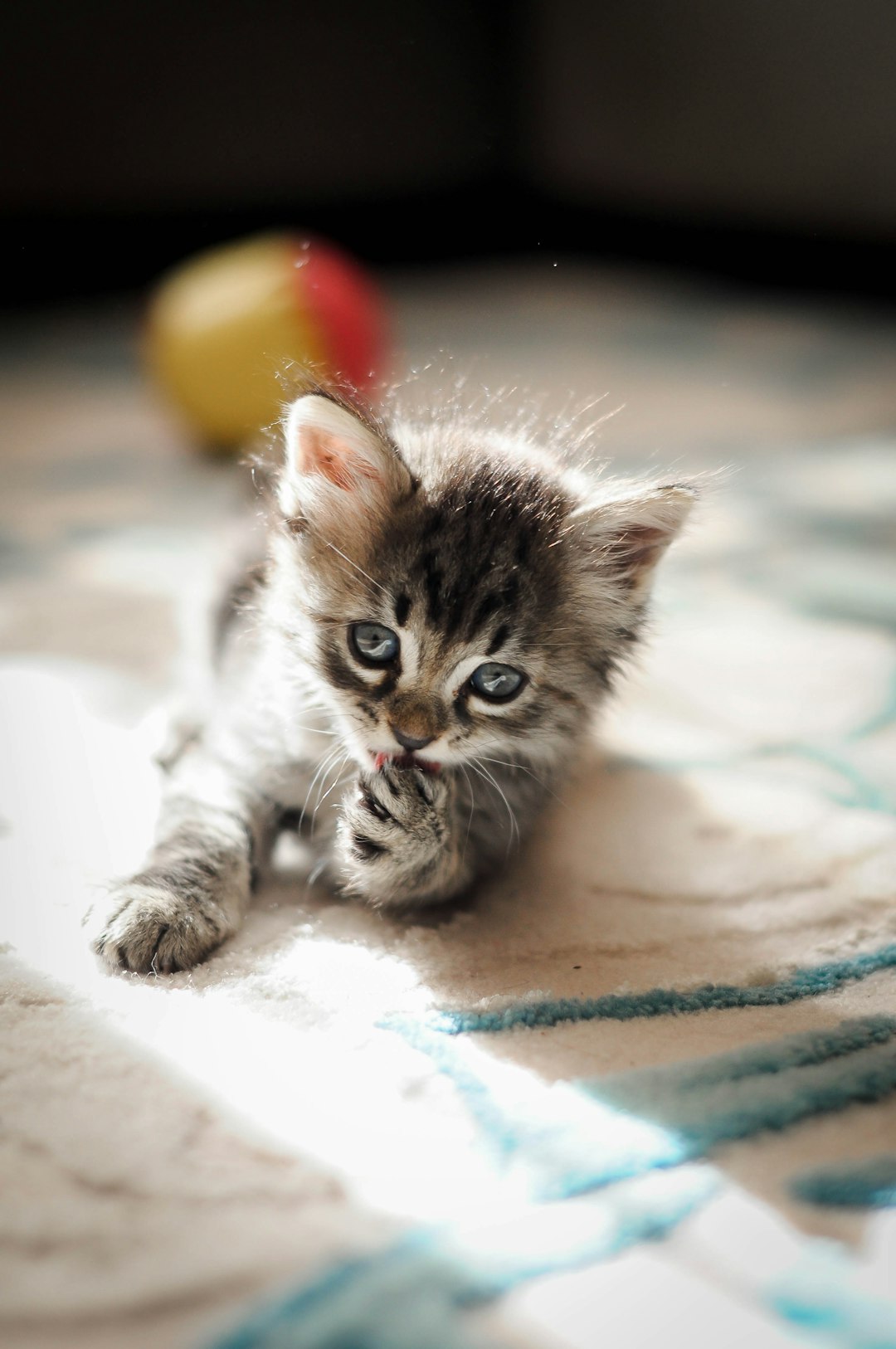Cat Scratch Fever: What You Need to Know About Feline Scratching
Cats have an innate urge to scratch, it’s a natural behavior deeply rooted in their predatory instincts. As cat owners, it’s essential to understand why they do it and how to effectively manage their scratching habits. In this article, we’ll explore the reasons behind feline scratching and offer some tips to keep both your cat and your furniture safe.
Why do cats scratch?
Scratching serves various purposes for cats. Firstly, it helps them maintain healthy claws by removing the outer sheath, allowing new claw growth. Secondly, it helps them mark their territory, as scratching leaves both visible marks and scent trails from the scent glands in their paws. Lastly, scratching provides a form of exercise and an outlet for pent-up energy, reducing stress and boredom.
Can scratching be harmful?
While scratching is a natural cat behavior, it can become problematic if directed towards furniture, carpets, or other valuable possessions. Cats can accidentally cause damage to these items, which can be frustrating for owners. Additionally, humans can also get scratches from overzealous cats during play or during an attempt to stop them from scratching undesirable surfaces.
How to manage feline scratching:
1. Provide appropriate alternatives: To discourage your feline friend from scratching your furniture, provide them with appealing alternatives such as scratching posts or boards. These should be sturdy and tall enough for your cat to stretch out fully when scratching.
2. Placement matters: Choose strategic locations for the scratching posts so that they are easily accessible to your cat. Cats often scratch after waking up or after a good stretch, so placing a scratching post near their favorite lounging areas is a great idea. It’s also essential to have multiple scratching options throughout your home to cater to their preferences.
3. Use positive reinforcement: Encourage your cat to use the scratching posts by rewarding them with treats or praise when they do so. Positive reinforcement helps in reinforcing the desired behavior, making the cat more likely to use the scratching post regularly.
4. Employ deterrents: If your cat is repeatedly scratching certain areas despite having appropriate alternatives, you can use deterrents such as double-sided sticky tape or aluminum foil on those surfaces. Cats dislike the sticky feeling on their paws or the sound of foil crinkling and will be less inclined to scratch on them.
5. Maintain nails regularly: Regular nail trimming can lessen the damage caused by scratching. Gently trim the nails every few weeks to keep them short and prevent any potential injuries.
6. Seek veterinary advice: If your cat’s scratching behavior suddenly changes or becomes excessive, it’s crucial to consult your veterinarian. Excessive scratching can be a sign of underlying health issues or anxiety, and a professional can help identify and address the underlying cause.
Final thoughts:
Understanding why cats scratch and providing them with appropriate outlets for this behavior is key to managing feline scratching. By providing suitable scratching alternatives and employing positive reinforcement, you can protect your furniture while also promoting your cat’s physical and mental well-being. Remember, a happy and healthy cat is one that can scratch to their heart’s content!

